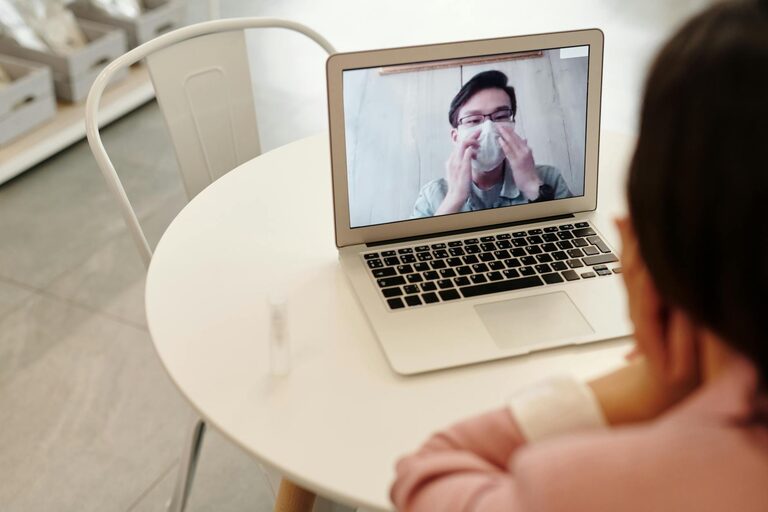Spending long hours in front of screens—whether for work, study, or entertainment—has become a daily routine for many. While technology offers countless benefits, excessive screen time can lead to discomfort and strain on your eyes. Fortunately, there are practical steps you can take to protect your eyes and keep them comfortable throughout the day. In this post, we’ll explore simple, effective strategies to maintain good eye health during screen time.
Understanding Digital Eye Strain
Also known as computer vision syndrome, digital eye strain results from prolonged exposure to digital screens such as computers, tablets, smartphones, and TVs. Symptoms often include dry eyes, blurred vision, headaches, and neck or shoulder pain. These issues arise because staring at screens reduces blink rates and forces your eyes to work harder.
Tips to Protect Your Eyes
1. Follow the 20-20-20 Rule
One of the easiest ways to reduce eye strain is the 20-20-20 rule. Every 20 minutes, take a 20-second break and look at something 20 feet away. This simple exercise relaxes the focusing muscles in your eyes and helps prevent fatigue.
2. Adjust Your Screen Settings
Brightness and contrast settings that are too high or too low can strain your eyes. Match your screen brightness to the ambient light in your environment. Increasing contrast slightly can also make text easier to read.
3. Maintain Proper Screen Distance and Position
Keeping your screen about an arm’s length away (20-24 inches) reduces strain. Position your screen so that your eyes look slightly downward. This angle minimizes exposure of your eyeballs to dry air and encourages natural blinking.
4. Reduce Glare
Glare from windows or overhead lights can make it harder for you to see and cause discomfort. Use an anti-glare screen protector or adjust your workspace lighting. Position screens perpendicular to windows where possible.
5. Blink Regularly and Stay Hydrated
Blinking lubricates your eyes. When focused on screens, people tend to blink less. Remind yourself to blink more often to prevent dryness and irritation. Drinking plenty of water throughout the day also helps keep your eyes moist.
6. Use Artificial Tears If Needed
If your eyes feel consistently dry, a drop of preservative-free artificial tears can provide relief. Avoid drops with redness relievers, as they may worsen dryness over time.
7. Take Regular Breaks
Besides short breaks using the 20-20-20 rule, it’s important to stand up and move around every hour. Physical movement improves circulation and relieves neck and shoulder tension that can contribute to eye discomfort.
8. Consider Blue Light Filters
Blue light emitted by screens may contribute to eye strain and interfere with sleep patterns. Many devices have built-in blue light filters or “night mode” settings. You can also use blue light glasses to reduce exposure.
9. Keep Your Screens Clean
Dust, fingerprints, and smudges on your screen can reduce clarity and cause your eyes to strain. Regularly clean your screens using a soft, lint-free cloth and appropriate cleaning solutions.
Creating an Eye-Friendly Workspace
Your environment plays a big role in how comfortably your eyes cope with screen time. Here are some tips for an ergonomic and eye-friendly setup:
– Use adjustable chairs and desks to maintain good posture.
– Position lighting to avoid reflections and shadows on your screen.
– Use a document holder to keep papers at eye level rather than looking down frequently.
– Ensure that your primary light source comes from the side rather than directly in front or behind your screen.
When to See an Eye Specialist
If you experience persistent or worsening eye discomfort, headaches, or vision changes, it’s important to consult an eye care professional. Regular eye exams can help detect underlying issues and provide personalized recommendations.
Summary
Protecting your eyes during extended screen use is all about developing good habits and optimizing your environment. By following the 20-20-20 rule, adjusting your screen settings, reducing glare, blinking regularly, and taking breaks, you can significantly reduce eye strain. Incorporate these tips into your daily routine to keep your eyes comfortable, healthy, and ready for whatever your screen day brings.
Remember, your eyes are valuable—treat them with care!

